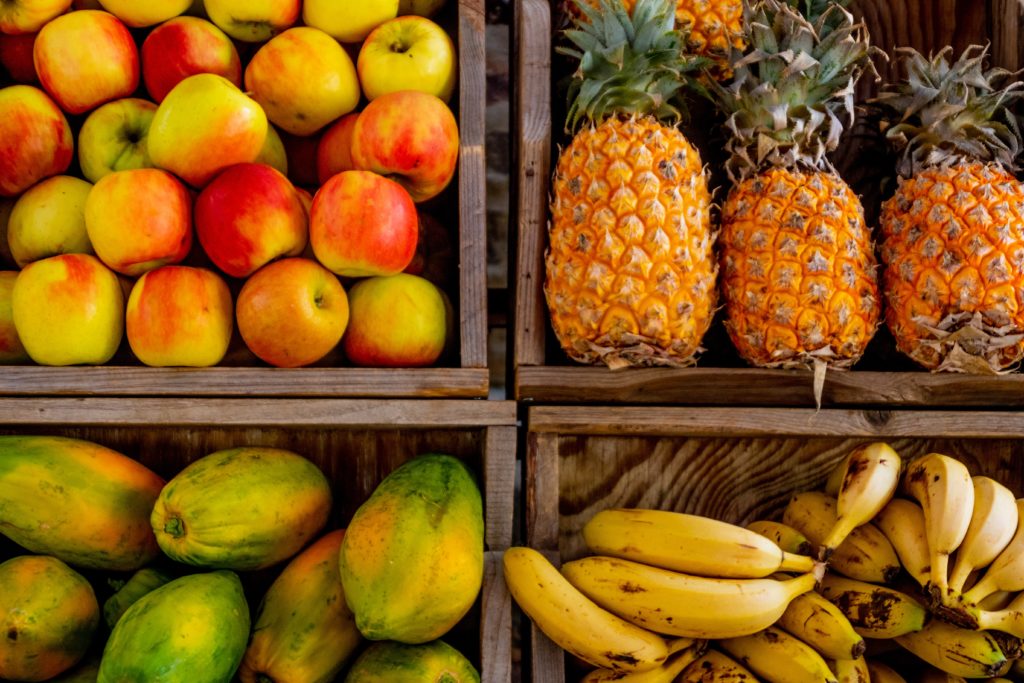Gluten-free labels are all ove rthe grocery store. Often you’ll see packaging say “gluten-free” on items that you never even thought contained gluten. There’s lots of advice and reason why people are seeking gluten-free diets, but still many of us are confused about what it actually is. We’re here to help you learn, understand, and hopefully make the gluten-free world a little less confusing!
So… what is gluten?
Gluten is a name for a group of proteins found in wheat, barley and rye. Gluten often plays an important structural and textural purpose in foods, like pasta and bread. This is also why you may notice a bit of a texture difference in gluten-free versions of these foods. Gluten may be linked to causing inflammation, which is why it’s usually recommended to avoid it when following the a meal plan.

Why should I avoid gluten?
Great question – gluten itself may not cause a major issue for everyone, but there are certain populations who should avoid gluten. Those who have Celiac Disease have an autoimmune response when they consume gluten. This means their bodies cannot tolerate gluten. Those who also have other gastrointestinal diseases, such as Irritable Bowel Syndrome or Crohn’s Disease, should also seek to lessen their exposure to gluten as it can cause flare ups of painful inflammation. The other portion of the population who experience less severe reactions or none at all should still seek to reduce their exposure to gluten while seeking weight loss, as it may cause unwanted inflammation. While this unwanted inflammation may not be as much of a burden as the symptoms someone with a GI disorder may experience, it’s still unwanted; meaning it makes it harder to lose weight. Why make this journey any harder than it has to be?

What foods are naturally gluten-free?
This is where it can get overwhelming if you’re trying to follow a gluten-free diet. Some easy-to-find gluten-free options are fruits, vegetables, meats, poultry, fish and other seafoods, and beans, legumes and nuts. These foods in their original states are ones you never have to worry about. When it comes to grains, it’s important to pay attention to packaging and processing. Some foods, like oats, are gluten-free but are often processed with gluten-containing foods. Look for oats labeled as “gluten-free,” if you’re looking to introduce them into your diet. Rice, quinoa, millet, amaranth, flax and chia are all great grain alternatives, and naturally gluten-free.
If you’re still feeling overwhelmed about what to eat, take the metabolic quiz and find a meal plan that fits you individually and offers a variety of foods that are gluten-free!
